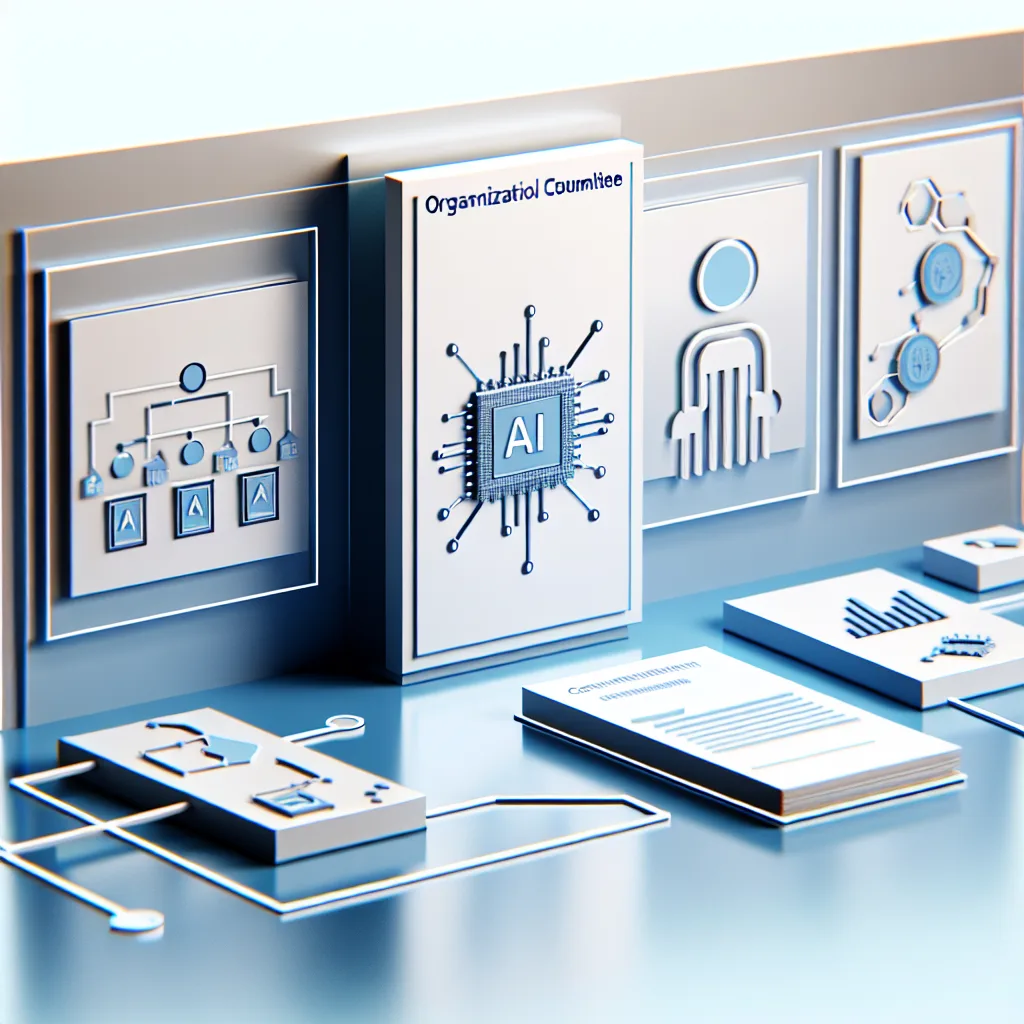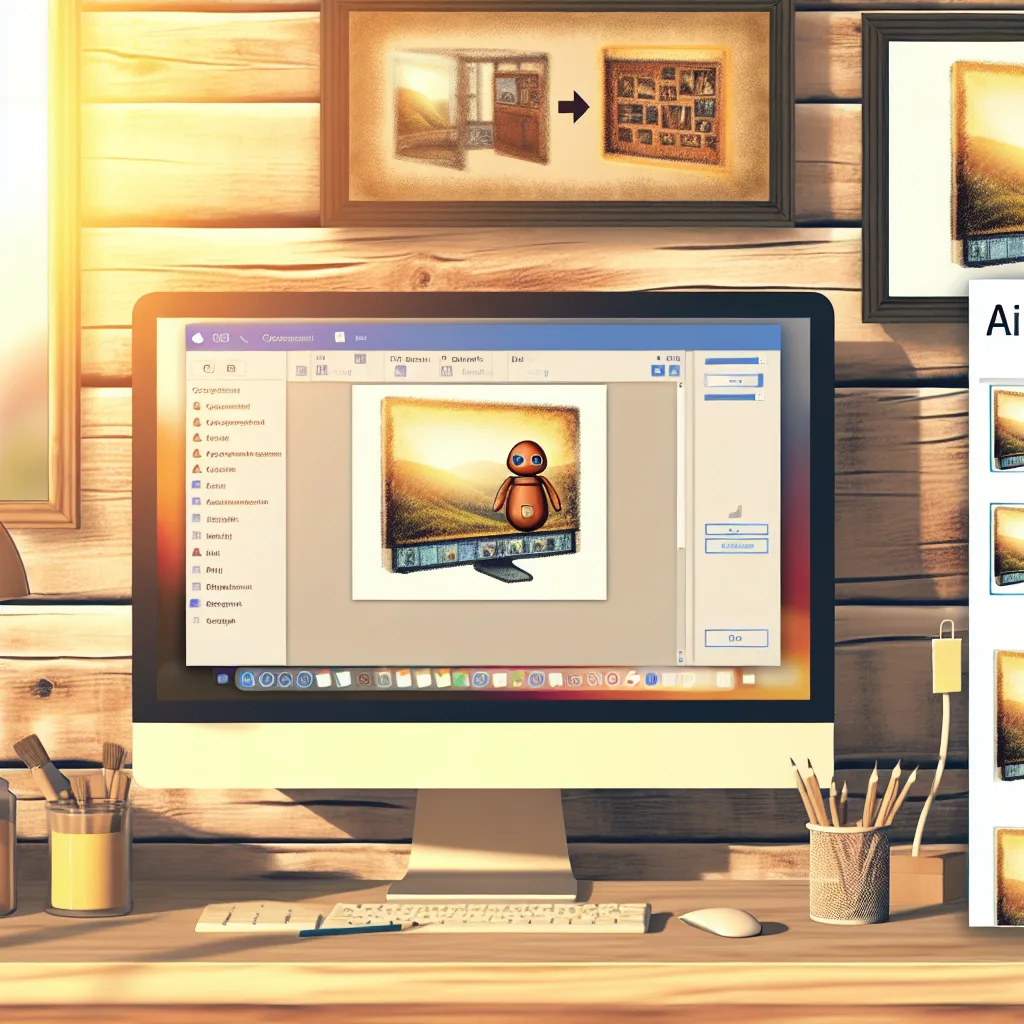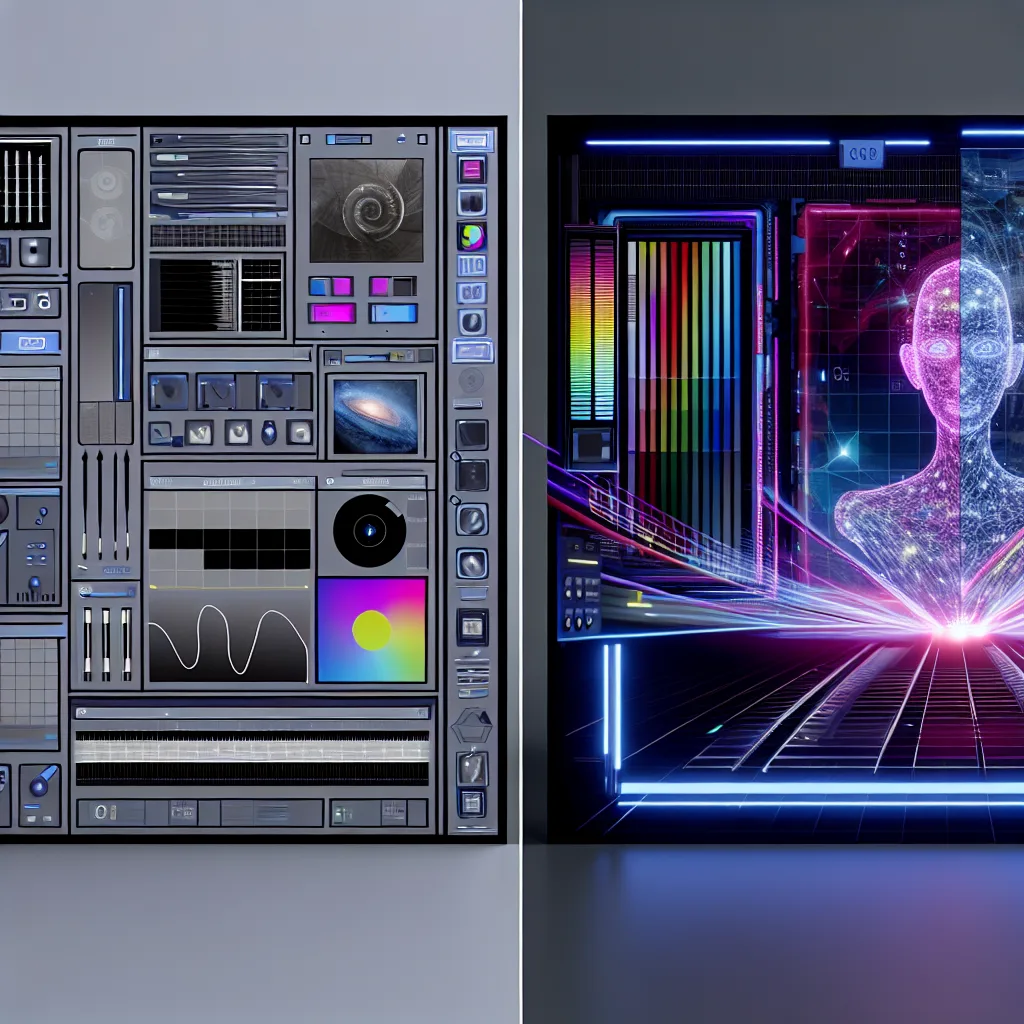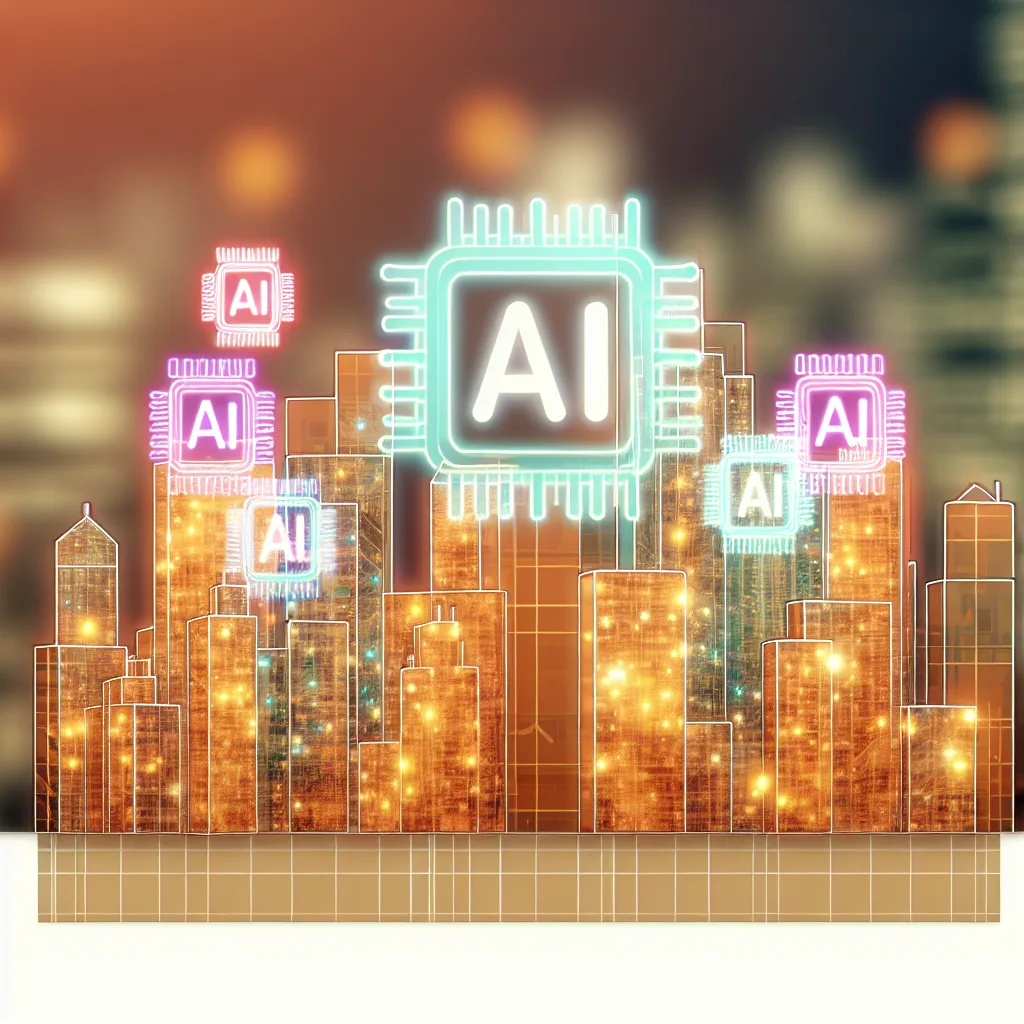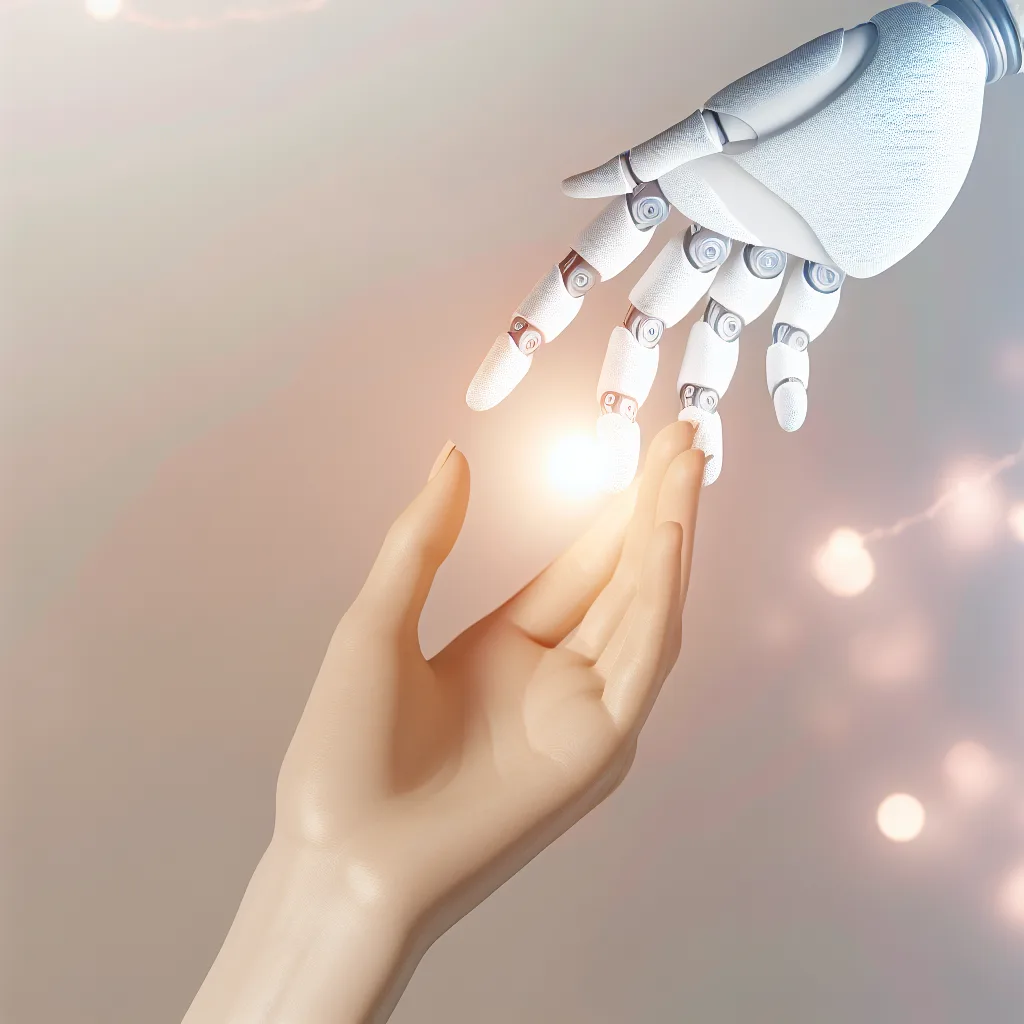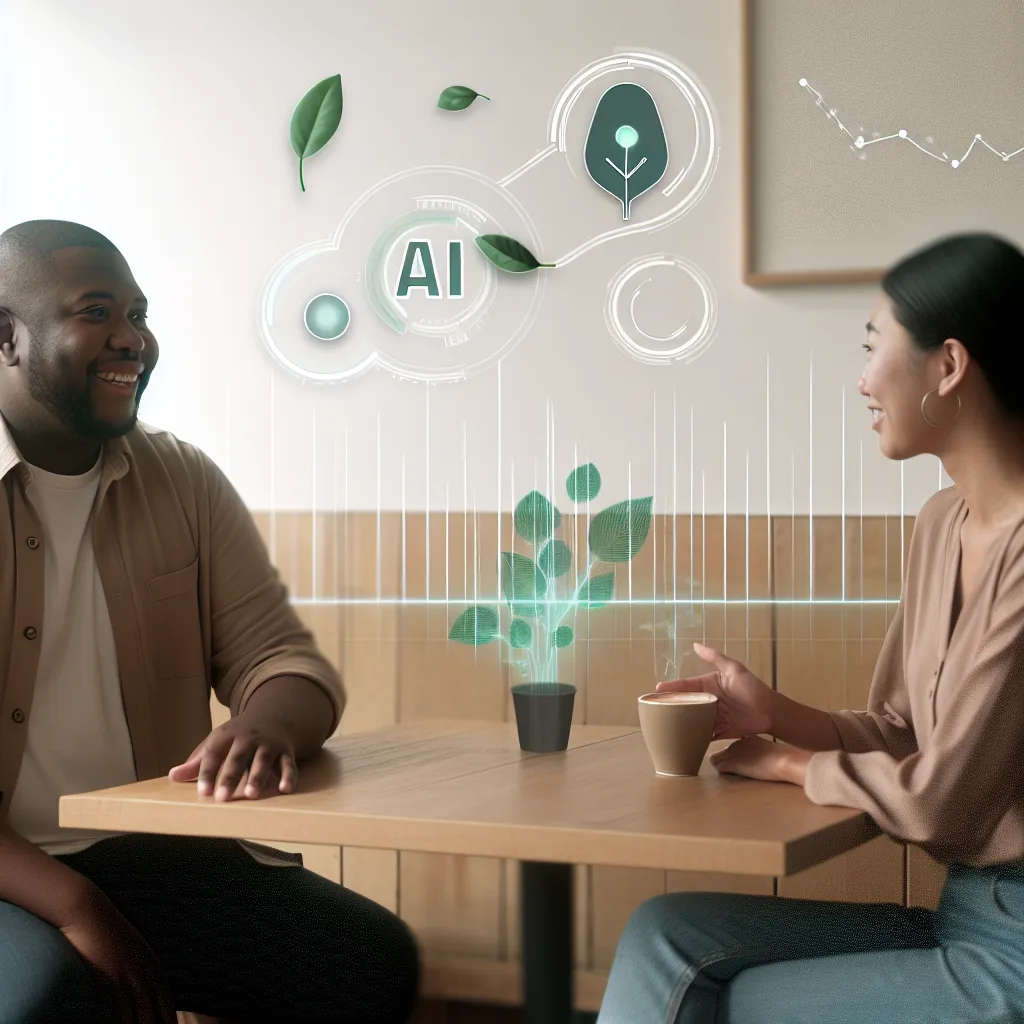Understanding Meta’s move to influence AI regulation and elections with a new pro-AI super PAC
Lately, there’s been a lot of chatter about tech giants stepping up their game in politics, especially when it comes to artificial intelligence. One development that caught my eye is Meta’s decision to launch a pro-AI super PAC. So, what’s a pro-AI super PAC? Simply put, it’s a political action committee that raises and spends money to support candidates who favor a lighter regulatory touch on AI.
Meta’s move is pretty significant because it signals a deepening involvement of big tech in shaping how AI will be regulated at the state level, especially in California. You might wonder why California? It’s one of the key states where AI policies could set precedents for the rest of the U.S.
What’s Behind Meta’s Pro-AI Super PAC?
Meta isn’t new to political influence. Earlier this year, their lobbying team pushed back against proposed laws like California’s SB-53, which would require AI firms to be transparent with their safety protocols and report safety incidents. Meta’s lobbying efforts also helped block the Kids Online Safety Act last year—a law aimed at protecting children online but which Meta thought could be too restrictive.
By launching a pro-AI super PAC, Meta is doubling down on its efforts to support candidates who share its viewpoint on AI regulation. This PAC isn’t just about election money; it’s a strategic move to sway statewide elections, including the race for California governor in 2026.
Why Should You Care About a Pro-AI Super PAC?
You might be thinking, politics and AI regulation aren’t exactly dinner table topics, but they really impact how technology develops and affects our daily lives:
- Shaping AI’s Future: The candidates supported by a pro-AI super PAC like Meta’s will likely push for policies that encourage innovation without heavy restrictions.
- Consumer Impact: Less regulation might speed up new tech rollouts but also raises questions about safety and transparency.
- Political Influence: Seeing a tech company pour tens of millions into campaigns shows how much influence these players want—and have—in government decisions.
Other heavy hitters like Andreessen Horowitz and Greg Brockman from OpenAI are also backing a similar super PAC with $100 million. This shows that it’s not just Meta; the wider tech community is keen on promoting a particular stance on AI regulations.
What Lies Ahead?
The next couple of years, especially with the 2026 elections in California, will be an interesting period to watch. As the race heats up, expect to hear more about AI regulations, campaigning around tech policy, and how super PACs like Meta’s shape these conversations.
In the end, understanding these moves helps us grasp how intertwined technology and politics have become. It’s not just about gadgets or apps anymore—it’s also about who gets to decide how the technologies that permeate our lives are governed.
If you want to dig deeper into AI regulation or Meta’s political moves, TechCrunch has a detailed article you might find useful here. And for a broader view on AI policies, check out resources from OpenAI and Andreessen Horowitz.
Whether you’re a tech enthusiast, policy wonk, or just a curious observer, the emergence of pro-AI super PACs like Meta’s is definitely something to keep an eye on.
